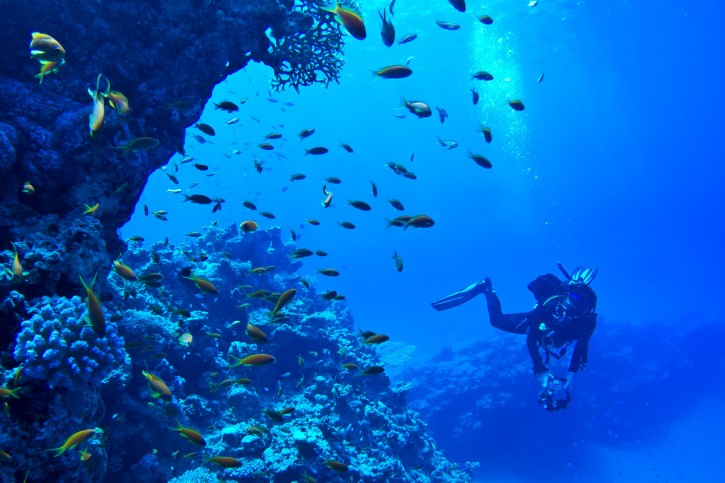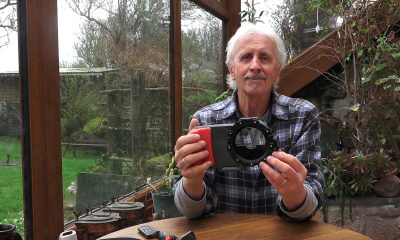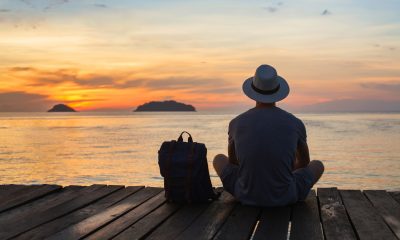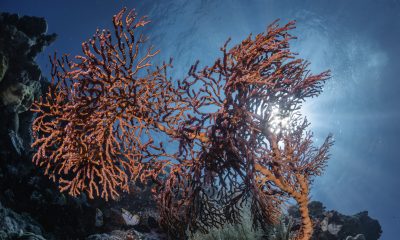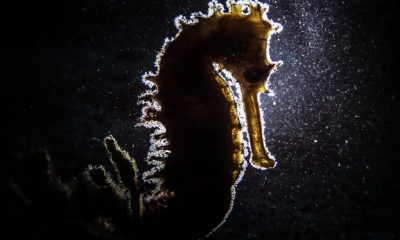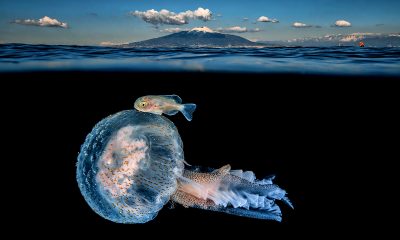News
Duxy’s Underwater Photography Blog: Available Light, Part 4
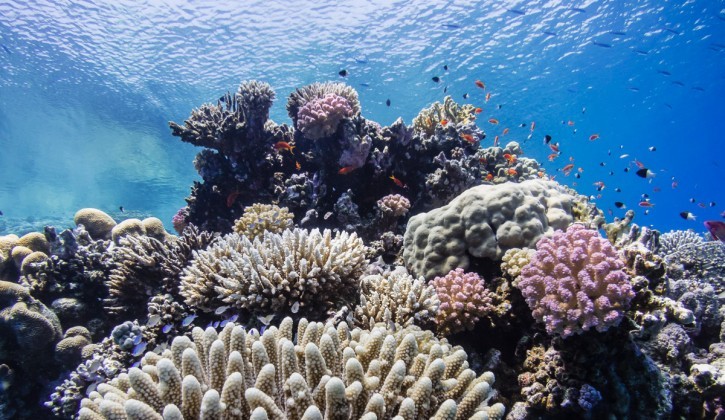
This is the final part in our series on shooting in available light. Part one was all about shooting with wide angle lenses; part two covered Custom White Balance; and part 3 was about the pitfalls and problems of shooting with Custom White Balance.
For the fourth and final instalment I am going to cover all of the extra bits and little things that don’t fall into the earlier sections.
So we are going to look at colour correction using filters and also colour correcting after the fact when you are shooting on a camera that produces RAW files.
Processing wreck shots, and whether or not to go black and white.
And is it possible to shoot available light macro?
Correction Filters and the Underwater Mode
Some cameras don’t have quick and easy to use Custom White Balance controls, which can put folks off. And they often want a one stop solution.
In days of yore, (and tbh sometimes these days too) with some cameras you had no option but to use a filter, which is normally of a reddish magenta colour, to restore colour balance to your underwater shots. And they work fine as long as you understand that they only really work within a very narrow band of depth, typically around 8-12m. This is because as explained in our earlier white balancing blog, our colours are diminished progressively as we get deeper, so any fixed method of colour correction such as a filter is really only going to work efficiently at one depth. And we would need a collection of filters of variable intensity as we got deeper, which is impractical to say the least.
To be honest, unless there is absolutely no alternative with your camera (GoPro’s and other cameras of this type fall into this category), I would steer away from conventional colour correction filters because they also steal quite a bit of light from you. Or as in the cases below only shoot with them really shallow – no deeper than around 8m – for the best results.
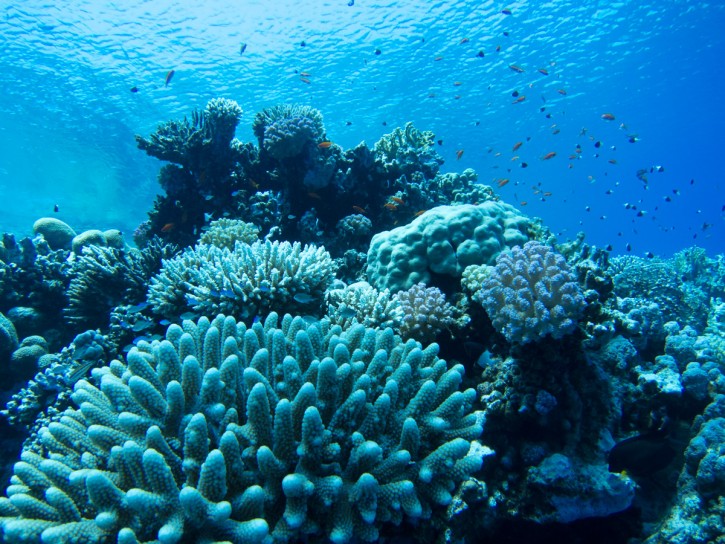
A classic reef scene that could be taken with any camera from a GoPro upwards. This is unfiltered and what a lot of people experience when first shooting underwater.
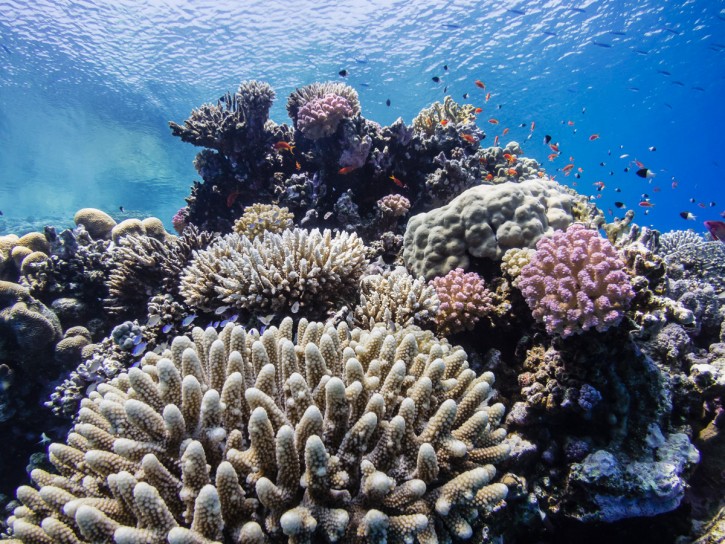
Here the same shot as previous, but this time I’ve used a colour correction filter to restore the colours. Note however that I am very shallow and this is where these filters work best.
Some cameras have a dedicated underwater mode, but this is usually little more than an electronic version of a coloured filter and doesn’t always do much, but of late I’ve seen some more promising offerings of this sort of thing from Canon and Olympus.
Here’s a video I shot using the underwater mode on an Olympus Mirrorless camera, an EM5:
https://www.youtube.com/watch?v=Ulat1Z6L0qk
Shooting in the RAW
Probably the very best way to colour correct your pictures, even if you have the option of custom white balance, is if your camera will allow you to shoot RAW files.
Now if you are not sure, the chances are that your camera won’t, as the ability to shoot RAW will be something you will probably have looked at when buying a camera, and also the salesman will have made a big deal out of it, because it is a big deal. So you know what to ask for when you purchase your next camera.
RAW files are simply the actual data recorded at the sensor and are not processed into a jpeg file within the camera.
The means that you can have full control after you’ve taken your shots to process the pictures yourself, and really fine tune things like colour correction, white balance and even exposure to a lesser degree. This processing you would do within a program like Adobe Photoshop or Adobe Lightroom, and this is why things like RAW shooting are available to people with high end compact cameras or Mirrorless and DSLR shooters.
It’s nothing to be intimidated about and processing RAW files is a relatively easy task, and is also quite fun too. A bit like the modern equivalent of having a home darkroom, but without the dangerous chemicals and fumbling around in the dark!
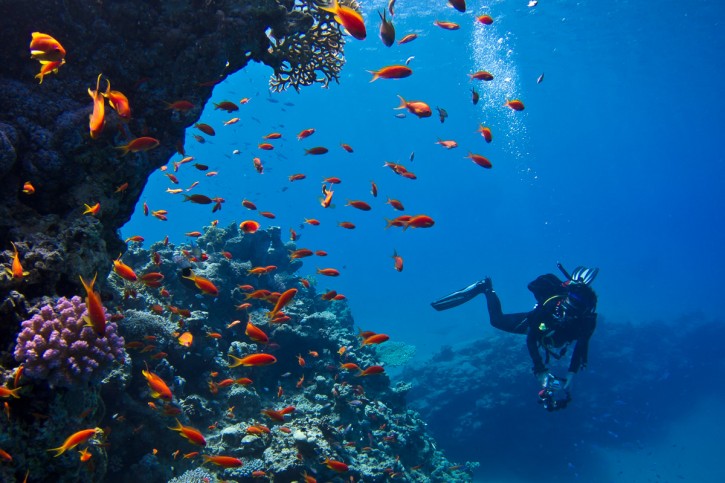
After colour correction within Adobe Lightroom, the RAW file has allowed me to completely restore the colours, but beware – this won’t work miracles, and at depths greater than 12m, it has less usefulness, and maybe using a strobe would be better.
Macro Photography in Available Light
Underwater macro or close up photography is often thought to be only practical if you use extra lighting of some kind. If you encounter subjects that are in good light like the Hawkfish below, then there is no reason as long as your shutter speeds and apertures of your camera will allow to shoot with what the sun is providing for you. This can often be simpler and produce more naturalistic results.
So keep an eye on what your camera is telling you, and if the camera shake warning is flashing then you may need to up your ISO’s to provide a suitable shutter speed to hand hold. On that note hand holding close up shots is more tricky than wide angle so you may need to pick (or force shutter speeds with a higher ISO) than you could get away with with a wider lens. I try and keep above 1/250 of a second if shooting like this.
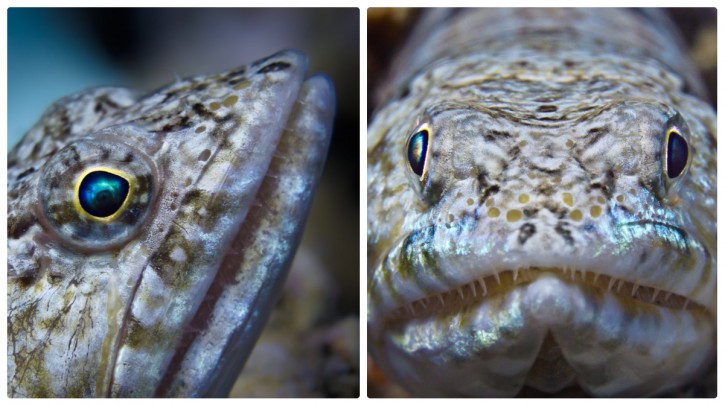
This Lizard fish is about as close as you could expect to shoot successfully without a strobe. These guys are often in very shallow water, laying on bright well lit sand, so are a very suitable subject for available light macro photography.
Fish portraiture like this is perfectly achievable using available light, and allows you to capture the subject exactly as you see it. The things you need to watch out for are that your shutter speeds are sufficiently high enough to hand hold your camera set up, because in macro mode you may also be zoomed in slightly so any movements you make will be magnified. These two shots below were typical examples of pictures where I wanted to get the shot exactly as I was seeing it, and whilst the Crocodile Fish is only just qualified to be called a macro picture, everything I’ve said above applies.
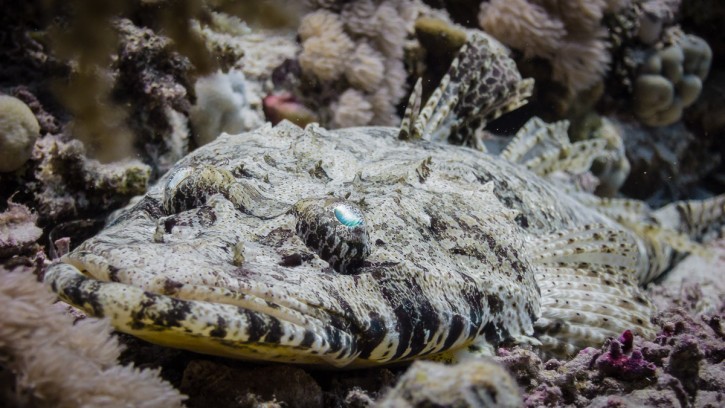
Fish Portraits like the ones here shot using compact cameras and underwater white balance, or RAW files, is very possible in very bright light conditions.
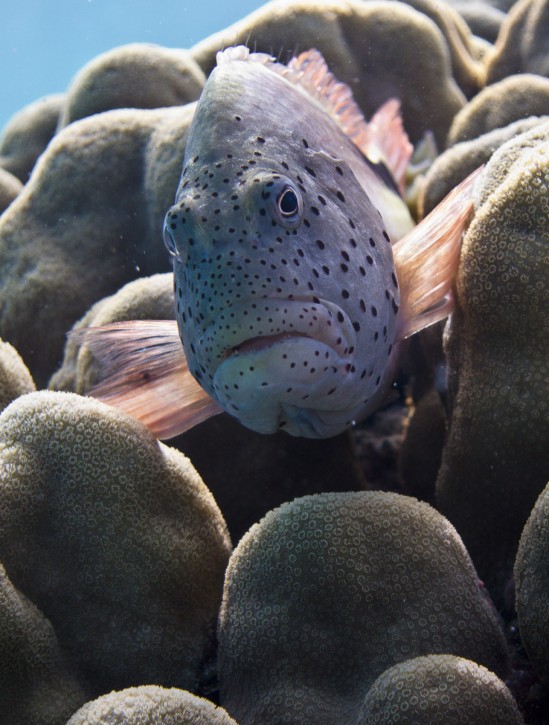
Macro Photography is normally the preserve of someone shooting with strobes only, but as long as you are in good light Macro photography is possible.
Available light wreck shooting
A very popular subject for available light shooting is to shoot big expansive wreck photographs, and often shooting available light is the only way possible to light such a large object, because even with the most powerful strobes it would be nigh on impossible to completely illuminate a large subject like a wreck. Unless the light conditions are in your favour, and the wreck is positioned so that the sun is directly illuminating it, when you want to shoot it, then getting your colours correct will depend hugely on all these variables. Just one of the reasons why people often choose to turn their wreck photographs to black and white – this not only heightens the drama and mood but is often the only get out clause to avoid weird colours, because the conditions are not in your favour.
For the stern shot of the Thistlegorm, I have actually used a little bit of flash, but it has only slightly lightened the very closest part of the wreck, and lifted it a little. To all intents and purposes the shot is being mostly illuminated by the late afternoon sunlight.
So I will leave it up to you which you prefer, the straight shot or the black and white toned version below it:
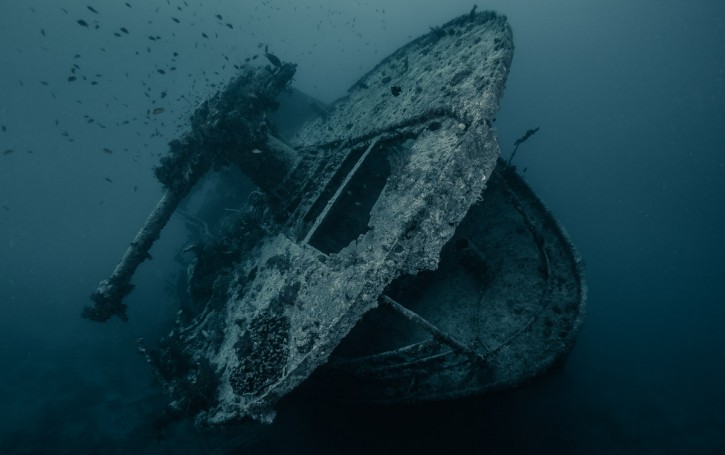
A shot at the stern, where I have been lucky enough to have no other divers in the scene, which if you’ve been to the Thistlegorm, you’ll realise is rare indeed. This is with only a tiny amount of flash lighting up the very closest part of the wreck.
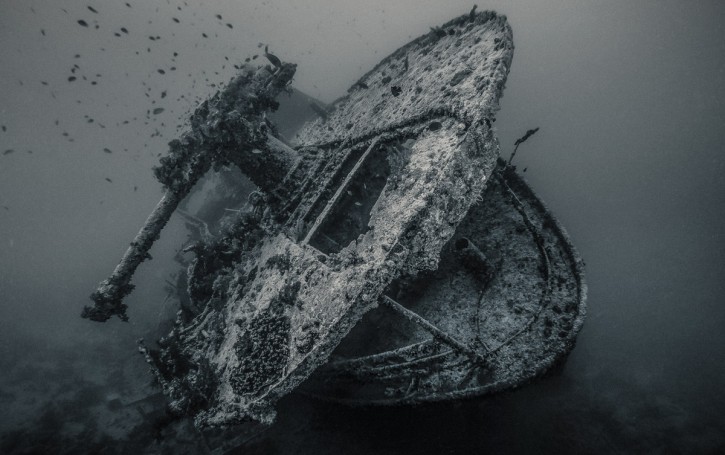
The black and white version of the stern shot of the Thistlegorm. It’s a matter of personal taste which one you prefer. Making black and white edits like this is a question I get asked a lot on our photo workshops.
The side on shot which is an unusual angle. I have given you the straight shot at the top with little or no editing, and then the more stylised black and white version below it:
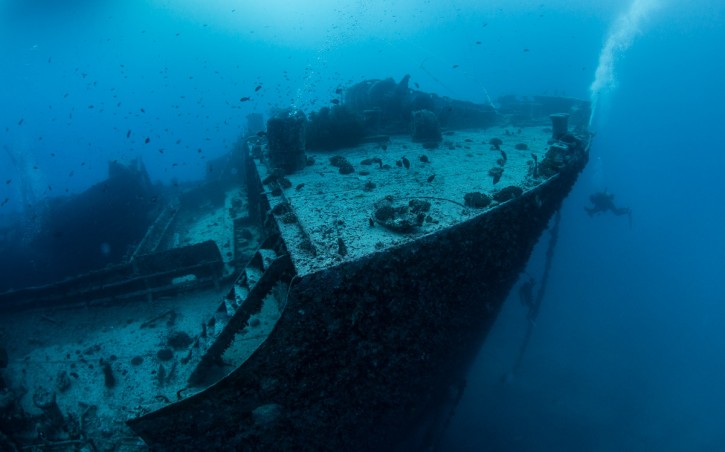
This is a rather untraditional viewpoint of the Thistlegorm, taken sideways on at the bow. The picture is a little soft at the edges because of the wide aperture I have had to use to gain a sufficiently fast shutter speed to hold the camera steady.
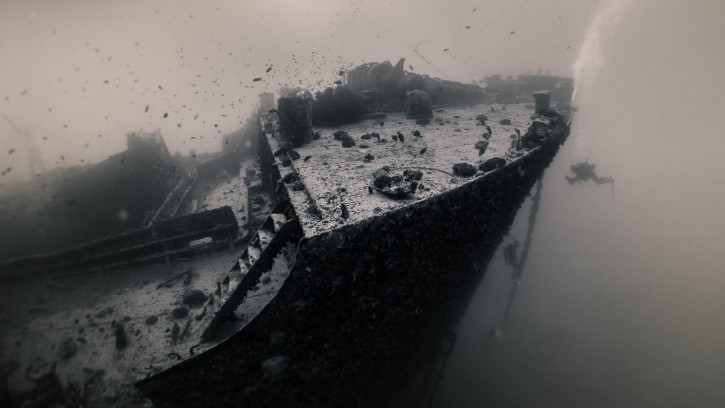
Because of the wide aperture I used which has softened the edges somewhat, I decided to opt for a black and white edit which actually highlights the softer edges to try and give it a dated and otherworldly feel.
Another alternative is to come on a dedicated wreck photography week where we will often dive the same wreck many times throughout the day to raise the chances of good lighting. I spend a lot of time on these trips teaching people how to edit their pictures, with black and white editing particularly popular.
I hope you’ve enjoyed this series on available light shooting. If you’d like to ask me any questions or talk about our photo trips please drop me a line at duxy@scubatravel.com.
[hr style=”single”]
 Duxy is the in house photo-pro for UK-based dive tour operator Scuba Travel. To find out about availability on Scuba Travel’s underwater photography workshops hosted by Duxy click here.
Duxy is the in house photo-pro for UK-based dive tour operator Scuba Travel. To find out about availability on Scuba Travel’s underwater photography workshops hosted by Duxy click here.
Marine Life & Conservation
Steve Backshall to headline Shark Trust’s flagship event: For the Love of Sharks

Join a host of amazing, shark loving, speakers including Steve Backshall and the Shark Trust team for an evening celebrating shark conservation at the Royal Geographical Society in London this November.
Date: 29th November 2024
Time: 6-10pm
Location: Royal Geographical Society, London
Tickets: https://www.sharktrust.org/Event/flos24
The event will be a celebration of all things shark. Those lucky enough to get hold of tickets will hear from engaging guest speakers with a passion for sharks.
The line-up includes (*subject to change if unforeseen circumstances arise)
Steve Backshall: One of television’s busiest presenters, BAFTA award-winning wildlife expert Steve has been passionate about the wild world ever since he was young.
Steve’s impressive TV career has taken him all around the world, investigating a wide array of species and environments. Steve has filmed over 100 hours of children’s wildlife programmes with the BAFTA award winning Deadly 60 franchise and recently, with Sky Nature, for his new series ‘Whale with Steve Backshall’. He has been a patron for the Shark Trust for 10 years.
Simon Rogerson: is a photojournalist specialising in natural history, diving and the sea.
He is editor of SCUBA magazine, the official journal of the British Sub-Aqua Club. Simon started his career as a crime reporter but gravitated towards his ‘less depressing’ interest in underwater exploration, joining the staff of DIVE magazine in 1999. In 2005 he was named ‘Editor of the Year’ in the PPA’s Independent Publishing Awards. Simon also works as a freelance writer, contributing frequently to the Sunday Times and Telegraph, in addition to BBC Wildlife, Esquire, and a host of international diving magazines. He is the author of a book, Dive Red Sea, published by Ultimate Sports. Now based in Berkshire, Simon has been a Patron of the Shark Trust for 20 years.
More speakers to be announced soon. Head to the Shark Trust website to learn more.
The evening will also allow guests the final chance to see the Oceanic 31, shark art exhibition. Some of the artwork will be auctioned/raffled at the event, while the rest will be auctioned online to raise money for the Shark Trust Oceanic Programme.
For the Love of Sharks is an evening with something for everyone who is interested and fascinated by sharks. Join the Shark Trust, their Patrons, Trustees and Staff, along with a host of supporters for this celebration of shark conservation.
For more information or to buy a ticket: https://www.sharktrust.org/Event/flos24
News
Stay Longer for Less at Temple Point, Kenya with Dive Worldwide
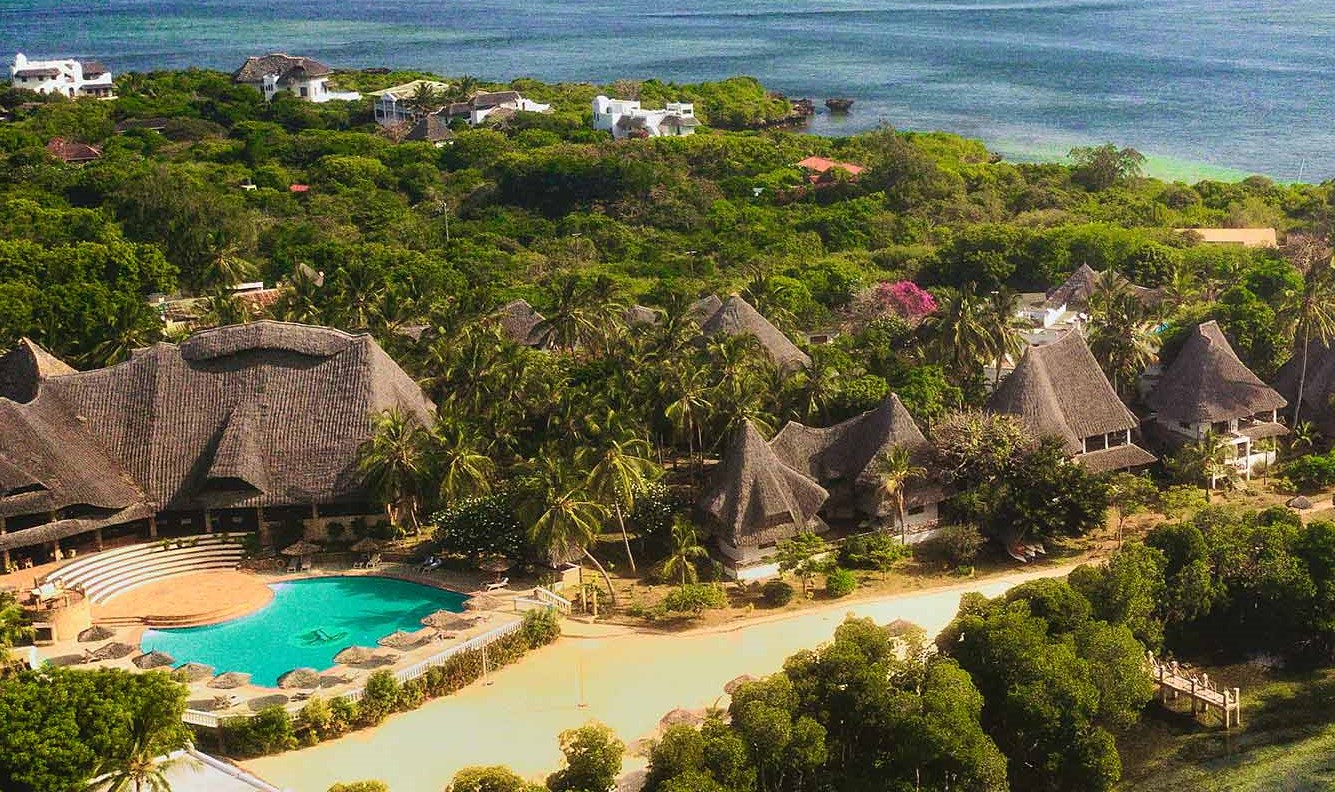
Dive Worldwide has recently introduced Kenya to its portfolio of dive destinations, making it a new must-visit for divers. The company has chosen Temple Point Resort, located in Watamu, a small town on Kenya’s Indian Ocean Coast. The resort embodies the spirit of Kenya, with thatched roof buildings and bright white interiors, complemented with local art. The Creek Deluxe rooms enjoy a creek view and sunset vistas, whilst Boutique Garden rooms offer peace nestled in lush greenery.
An abundance of activities such as golf, stand up paddleboarding and kite surfing await those looking for action; while those in search of rejuvenation may partake in a range of yoga classes, or indulge in the spa. Spend evenings dining poolside dining or lazing in hammocks suspended over the creek; there is no detail missed at Temple Point.
The waters surrounding Temple Point Resort are bustling with life, however, there is also an opportunity to explore on dry land. Tsavo National Park is close enough for a day safari, allowing guests to double up on the wildlife experiences Kenya has to offer, from elephants to whale sharks.
Suggested Dive Itinerary: Dive and Discover Kenya
Embark on an adventure to one of Africa’s finest marine parks, Watamu, the first of its kind in the continent. Created in 1968, Watamu offers excellent diving and snorkelling for those of all experience levels. Lively coral reefs and the surrounding waters are home to over 1,000 species of fish, devil rays, mantas, whale sharks, dolphins and turtles.
DEAL: Stay 12 nights for the price of 10 at Temple Point Resort
Price: Dive and Discover Kenya now costs £2295pp, saving £150 per person. Including international flights from the UK, 12 nights’ B&B (for the price of 10), transfers, 5 days, 10 dive pack, tanks and weights. Based on travel in September ONLY. https://www.diveworldwide.com/trip-ideas/dive-discover-kenya#details
For more information visit: diveworldwide.com or call 01962 302 087
-

 News3 months ago
News3 months agoHone your underwater photography skills with Alphamarine Photography at Red Sea Diving Safari in March
-

 News3 months ago
News3 months agoCapturing Critters in Lembeh Underwater Photography Workshop 2024: Event Roundup
-

 Marine Life & Conservation Blogs3 months ago
Marine Life & Conservation Blogs3 months agoCreature Feature: Swell Sharks
-

 Blogs2 months ago
Blogs2 months agoMurex Resorts: Passport to Paradise!
-

 Blogs2 months ago
Blogs2 months agoDiver Discovering Whale Skeletons Beneath Ice Judged World’s Best Underwater Photograph
-

 Gear Reviews3 weeks ago
Gear Reviews3 weeks agoGEAR REVIEW – Revolutionising Diving Comfort: The Sharkskin T2 Chillproof Suit
-

 Marine Life & Conservation2 months ago
Marine Life & Conservation2 months agoSave the Manatee Club launches brand new webcams at Silver Springs State Park, Florida
-

 Gear Reviews3 months ago
Gear Reviews3 months agoGear Review: Oceanic+ Dive Housing for iPhone


